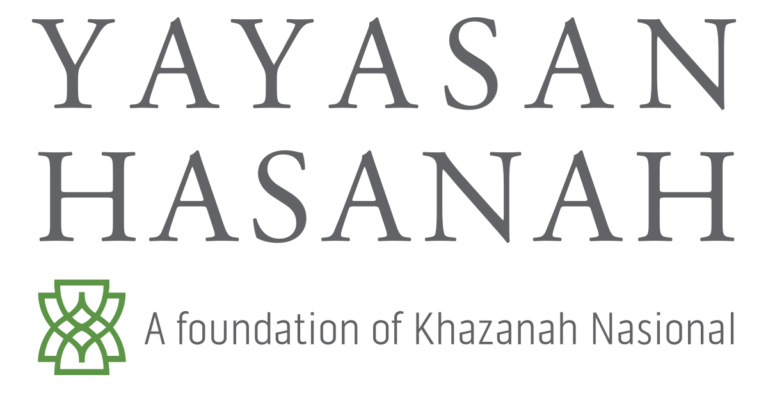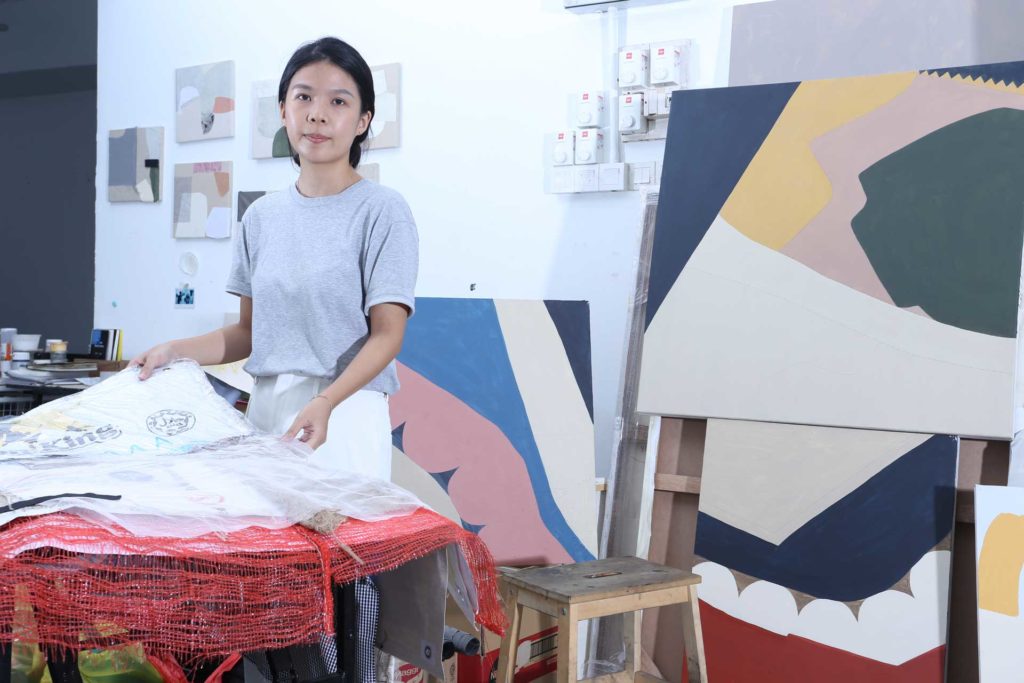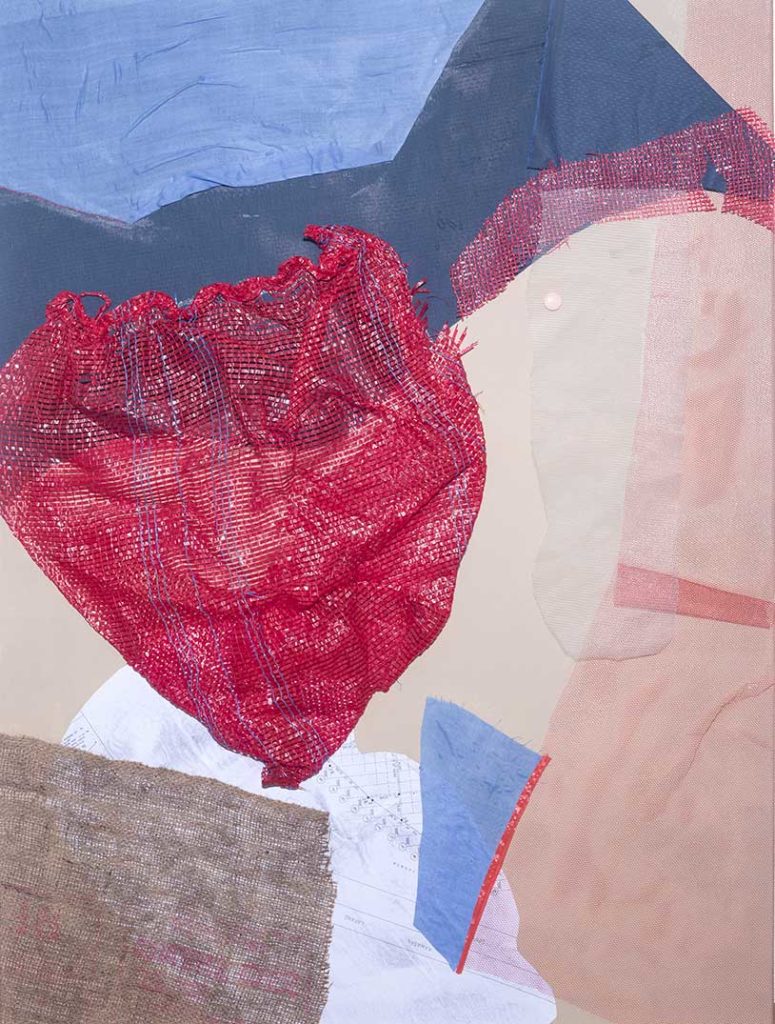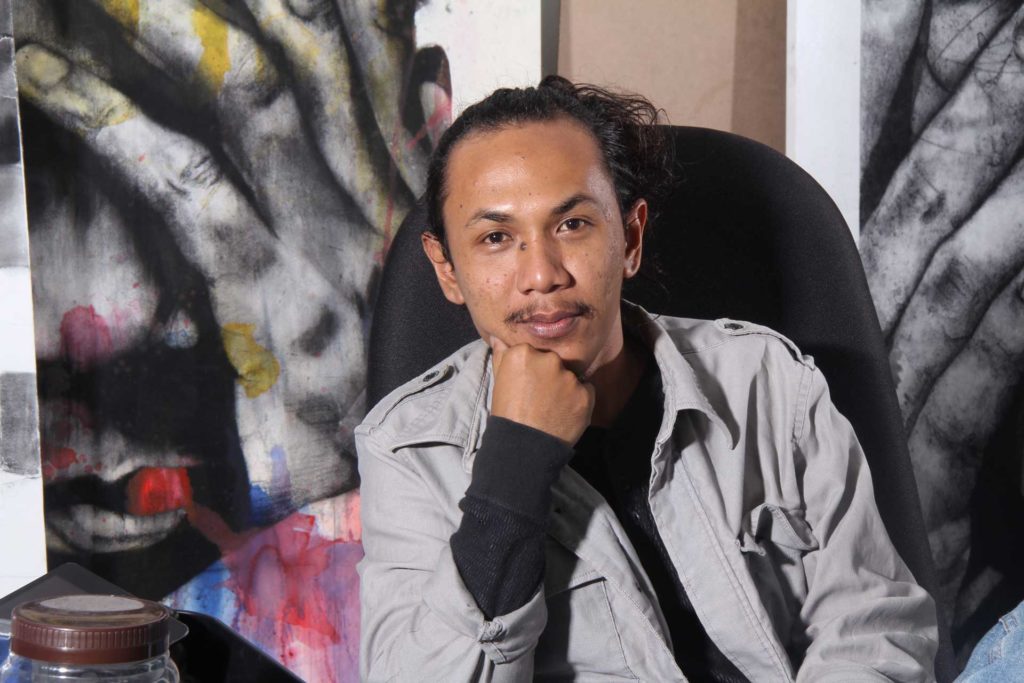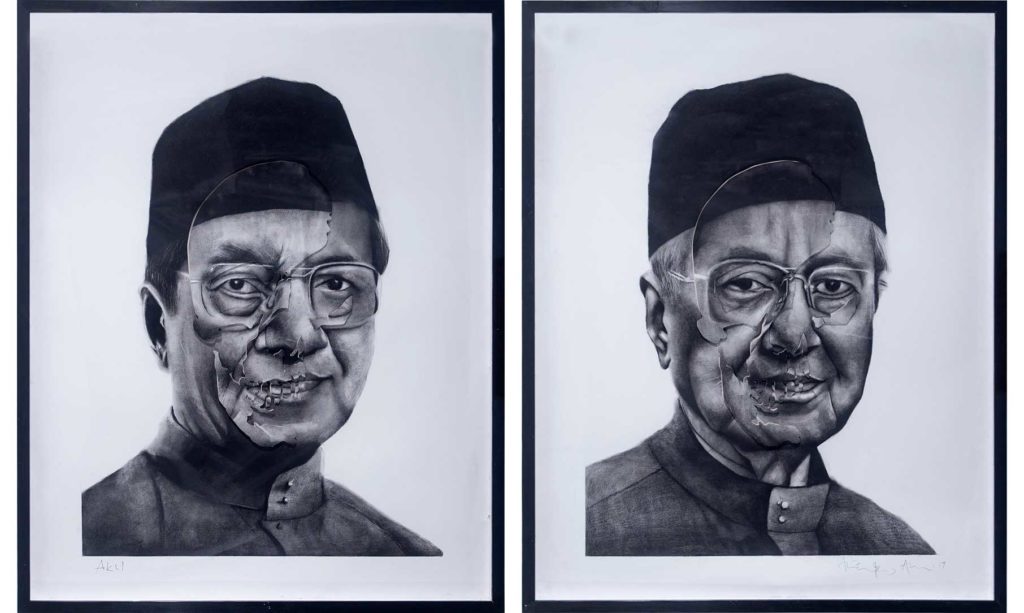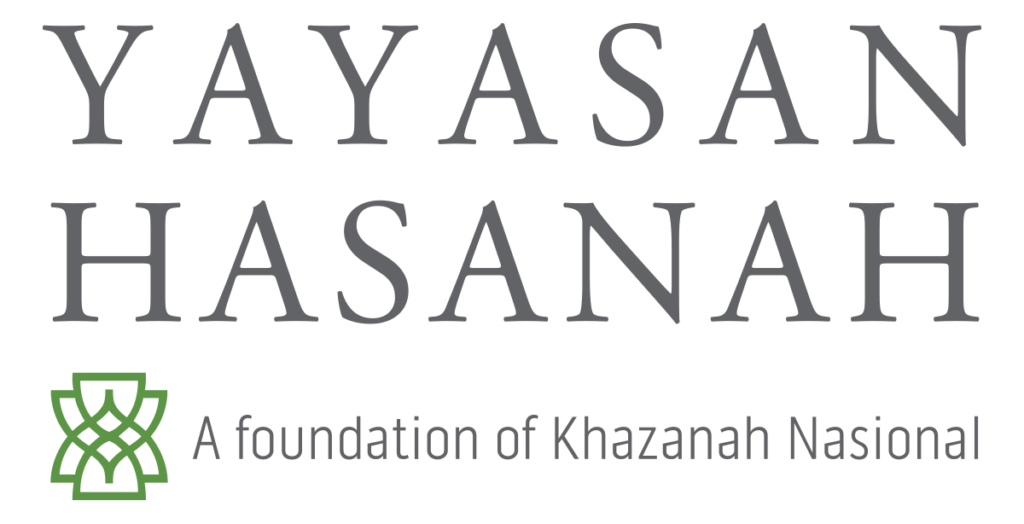ARTS & PUBLIC SPACES
We drive awareness, appreciation, and preservation of our country’s greatest assets.
TO MAKE THIS POSSIBLE, OUR INITIATIVES INCLUDE:
Development of local talents
Enrichment of the Local Art Scene through quick mobilisation fund
Arts Education
Primary Story | Arts & Public Spaces
Carving a legacy
While A-RES is very much focused on developing contemporary artists in Malaysia, Hasanah’s partnership with Seni Ukir Bakawali looks to preserving a traditional art form from fading into obscurity while cultivating the talents of new artisans.
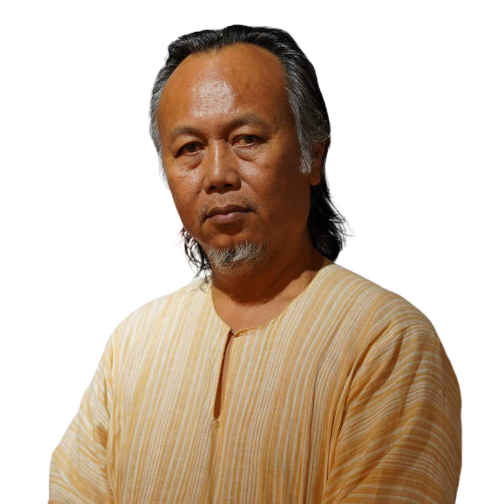
Hailing from Kampung Raja in Terengganu, Norhaiza Noordin was one of the first recipients of Hasanah’s talent development fund. For the past 30 years, he honed his skills in the tradition of Malay wood carving under several master craftsmen.
Norhaiza is now acknowledged as a master craftsman in his own right, having travelled extensively to learn and promote his craft. As a testament to his skill, one of his carvings even adorns the entrance to the Malaysian Auditorium at Oxford University’s Centre for Islamic Studies in England.
With aid from Hasanah, Norhaiza started a residency programme under his studio, Seni Ukir Bakawali, to pass on his knowledge and skills of wood carving to the next generation.
Over a span of six months, Norhaiza coached five apprentices under a unique residency programme which retained the Malay traditional way of teaching called bersanad. Titled “Air, Api, Tanah dan Angin” (Water, Fire, Earth and Wind) each apprentice immersed themselves in their chosen elements and their work is heavily inspired by the natural being and influence of the elements. The body of work produced represents their take on the elements of nature.Its almost transcendental. The five apprentices, each with already at least five years of experience, lived together with Norhaiza and learnt the way he acquired the wood carving skills and knowledge.
The residency programme involved not only instructing them in the technical aspects of wood carving, but also in the history and philosophy of the art form.
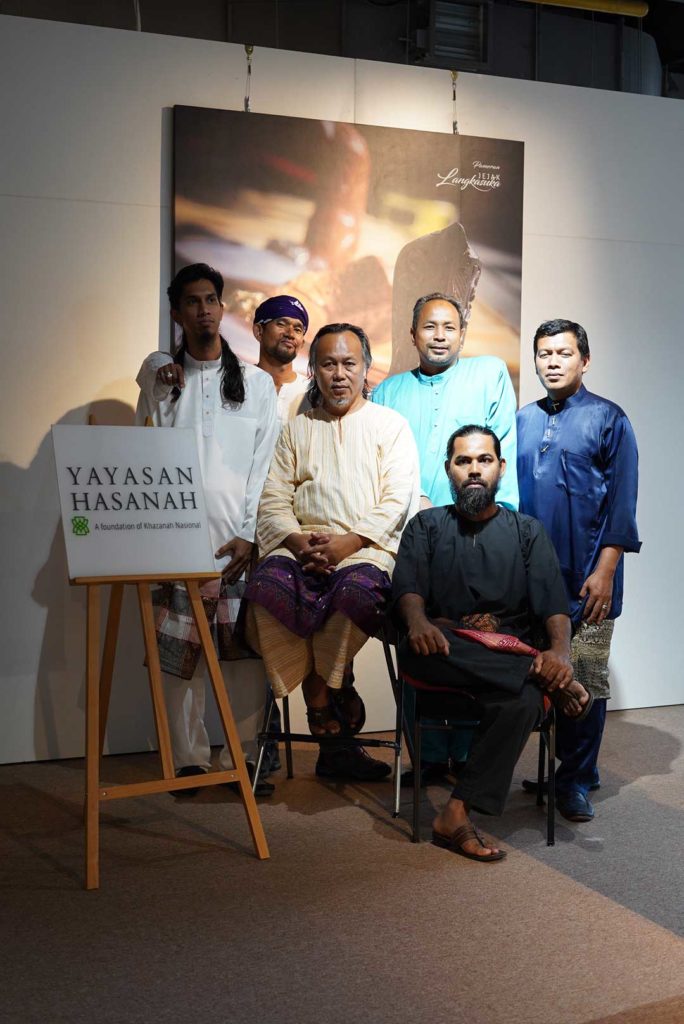
To Norhaiza, wood carving is not merely drawing out a shape from a block of wood. There are numerous subtleties in the design and in the crafting process that make a work of Malaysian woodcraft stand out from those produced in other countries.
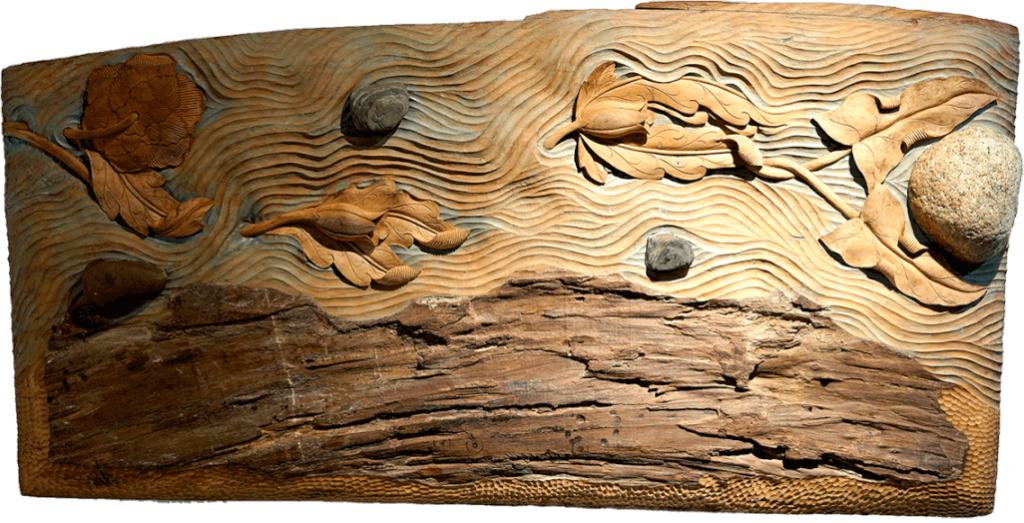
As such, he was very particular in selecting his apprentices, choosing only those with the potential and dedication to master the age-old traditional skills.
“For these artists, the exhibition of their craft after the conclusion of the residency is a milestone, not unlike a graduation ceremony. I have known these men for some time and I know that they have it in them to continue this tradition,” said Norhaiza.
Having added five more skilled wood carvers to the pool, Norhaiza is confident that there is still life in this traditional art form.
“I am glad that there is still an interest in wood carving, but I hope that those who practise this craft will remain true to their roots and not compromise on technique or effort just to sell their art,” he mused
HOM ART TRANS’ UNASSUMING FAÇADE, NESTLED BETWEEN AN INTERNET CAFÉ AND A MECHANIC’S GARAGE, HIDES ITS STATUS AS ONE OF THE KEY HUBS OF MALAYSIA’S GROWING INDEPENDENT ART SCENE.
Under the supervision of its director Bayu Utomo Radjikin, a renowned artist in fine arts, HOM Art Trans has been taking local artists under their wing and giving them the ‘push’ they need to make it big as a member of the visual arts community.
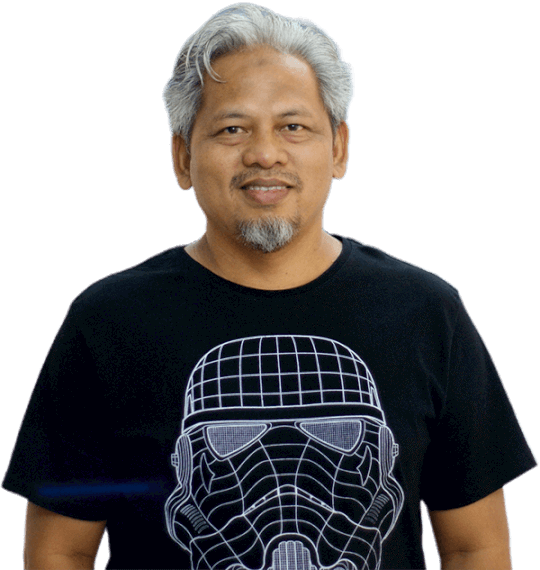
“All artists need encouragement, Even if I were to place a blank canvas in front of you, you will not be able to paint without encouragement. That is what I am trying to offer to our artists.”
Bayu Utomo Radjikin
As an artist himself, Bayu is no stranger to the challenges that all artists struggle with, such as funding, recognition and opportunities to meet their peers and potential clients. While there is no shortage of individuals with artistic talent, opportunities for these creative minds to unlock their potential are few and far between. To help these artists, Bayu started HOM Art Trans.
HOM Art Trans is one of Hasanah’s partners to nurture creativity and develop talent. It offers several artist residency programmes, but it is the A-RES residency that is most appealing to local young artists.
A-RES is an intensive programme designed to bring out the best in the artists and to provide them with the opportunities to pursue a career in the arts. This initiative is crucial to ensure the survivability of artists in Malaysia and encourage the growth of a vibrant arts community.
The TDF programme was launched last year as part of Hasanah’s efforts to build capacity and strengthen the Malaysian Arts, Heritage and Culture (AHC) ecosystem. As part of this programme, artists are given support not only to develop their art, but to seek out new artists who would be able to continue their legacy. The programme has played a key role in encouraging the growth of contemporary art in Malaysia and preserving local artistic traditions – both of which have been identified by Hasanah as gaps in the Malaysian arts scene.
“Through A-RES, we give the artists six months to develop their talent. During this time, we bring them around to meet art collectors, attend art lectures and forums and meet other artists. At the end of their residency, we will organise an exhibition for them,” explained Bayu.
Looking at the walls of HOM Art Trans where the creative works of A-RES alumni are on display, it is clear the programme does not discriminate when it comes to the choice of materials. Apart from the usual oil on canvas, some of the gallery’s exhibitors work with recycled objects and others with photography.
“What is more important is the attitude. We want our artists to be serious about art” said Bayu with a smile.
Bayu encourages his artists to experiment with their ideas and materials. He also teaches them that they have to learn to accept criticism of their work.
“There are thousands of art school graduates in this country. If you do not make a name for yourself, you will be forgotten,” he said. “Not all of our artists succeed; that is to be expected. Some of our artists, after completing their residency, decide that they do not want to be an artist.”
Even so, A-RES is a highly competitive programme. The gallery receives plenty of applications and Bayu has to screen through each one and select those with the most potential based on their portfolio and a personal interview.
“The interview helps us to narrow down the artists which we feel are the most determined. We cannot guarantee that they will make it, but we give them the background, the exposure and the guidance. At the end of the day, it is up to them.”
A silver lining
Kelantan once boasted a vibrant community of silversmiths but a recent study conducted by Kraftangan Malaysia and Tradisi Busana PR showed that the number of silversmith artisans was in severe decline, with less than 40 still practising their trade.
The dwindling number was caused by several factors, including a lack of interest in the younger generation to take up the trade, fluctuating prices of silver which made it difficult for them to acquire raw materials, and ultimately, a lack of demand for the finished product.
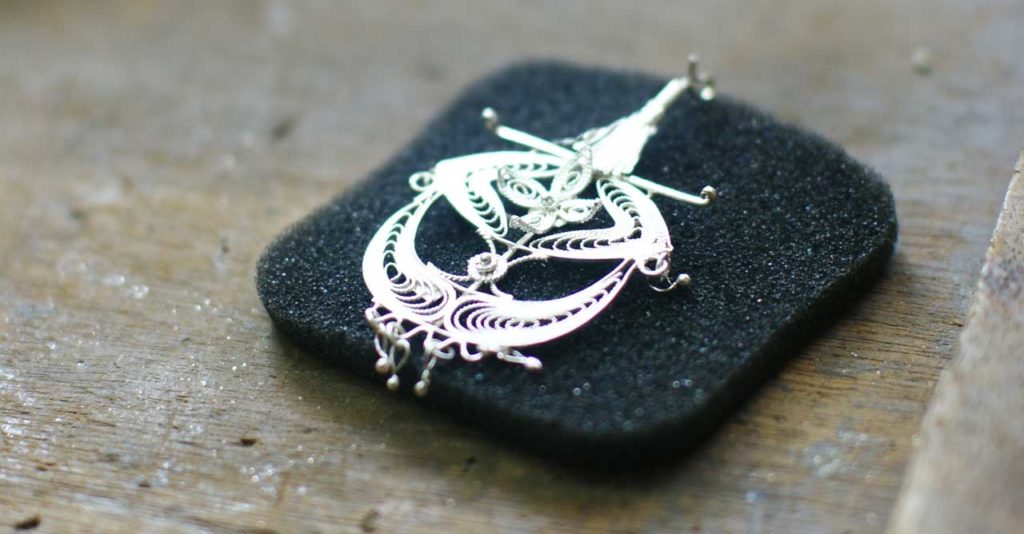
To address this issue which could result in a major cultural loss for Malaysia, Hasanah collaborated with Tradisi Busana to highlight the work of the craftsmen. The eight-month project involved five silversmiths and their apprentices from all over Kelantan.
Each of these silversmiths had his own specialty, be it jewellery or trophies and even royal ceremonial items.
For this project, the artisans worked closely with Tradisi Busana to incorporate their silver pieces into handmade Italian shoes.
Tradisi Busana engaged with the Commissioner of Italian Trade Commission , Dr Samuele Porsia to share this exciting collaboration. According to Dr Porsia, this sort of initiative is much sort after as it creates excitement for both artisans adding value to both parties.
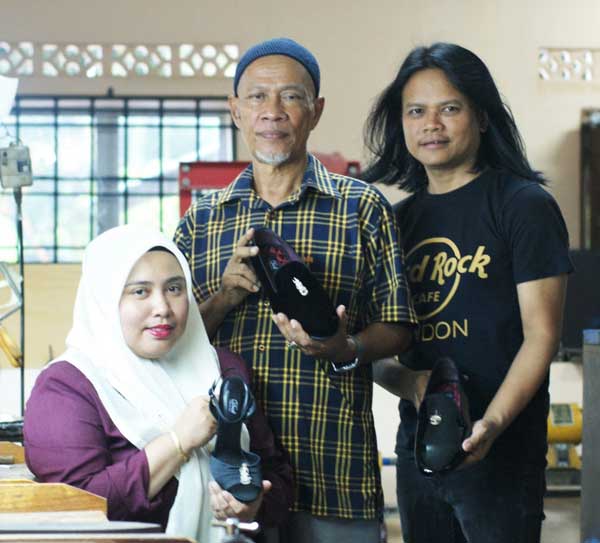
The publicity generated from the shoe exhibition has brought the work of the craftsmen into the public eye and hopefully, will secure a future for these silversmiths economically, and as an integral component of Malaysia’s cultural heritage.
Preserving these traditional skills and increasing the talent pool are essential to ensure that our cultural heritage will continue to flourish for future generations.
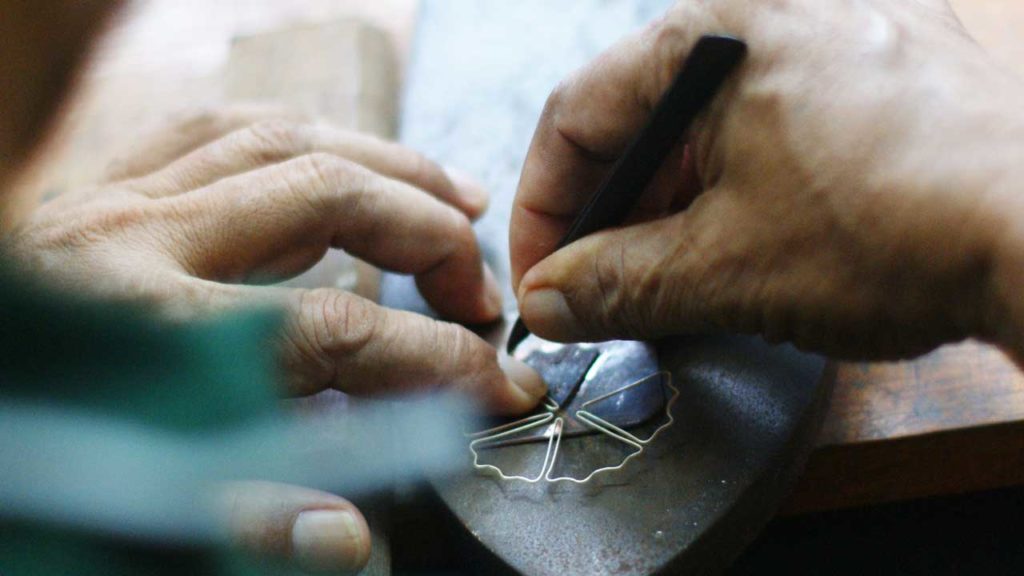
PARTNERS


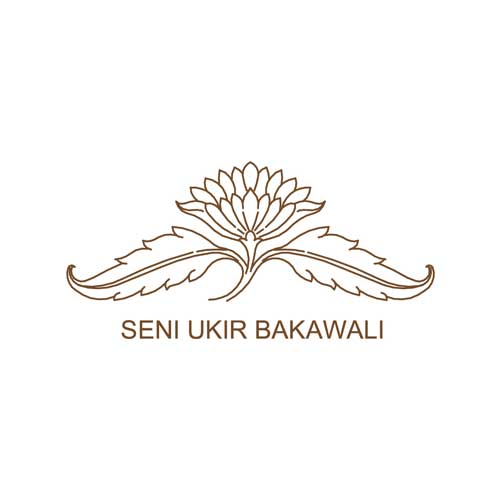
Share on facebook
Facebook
Share on google
Google+
Share on twitter
Twitter
Share on linkedin
LinkedIn
